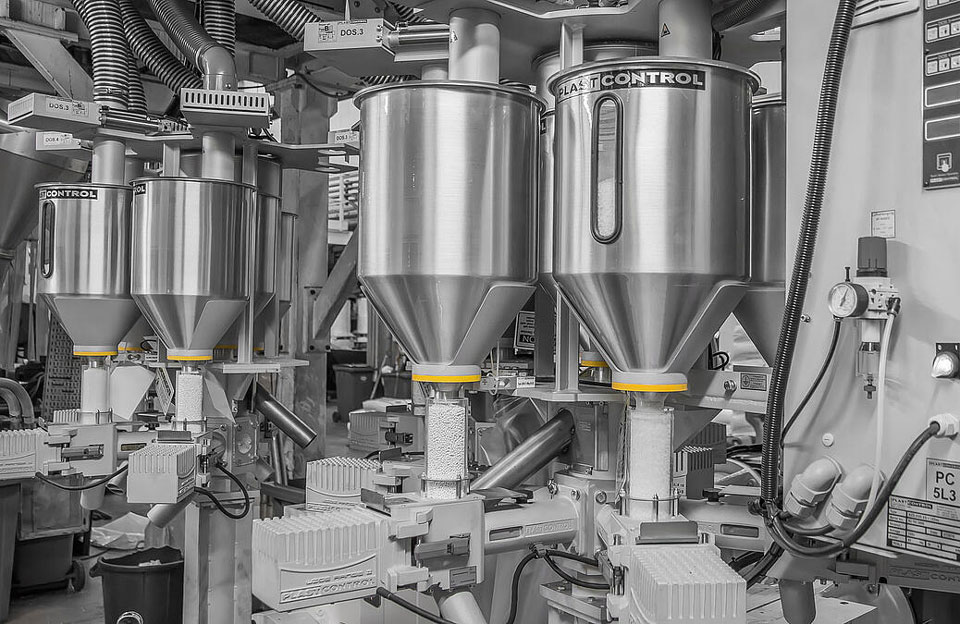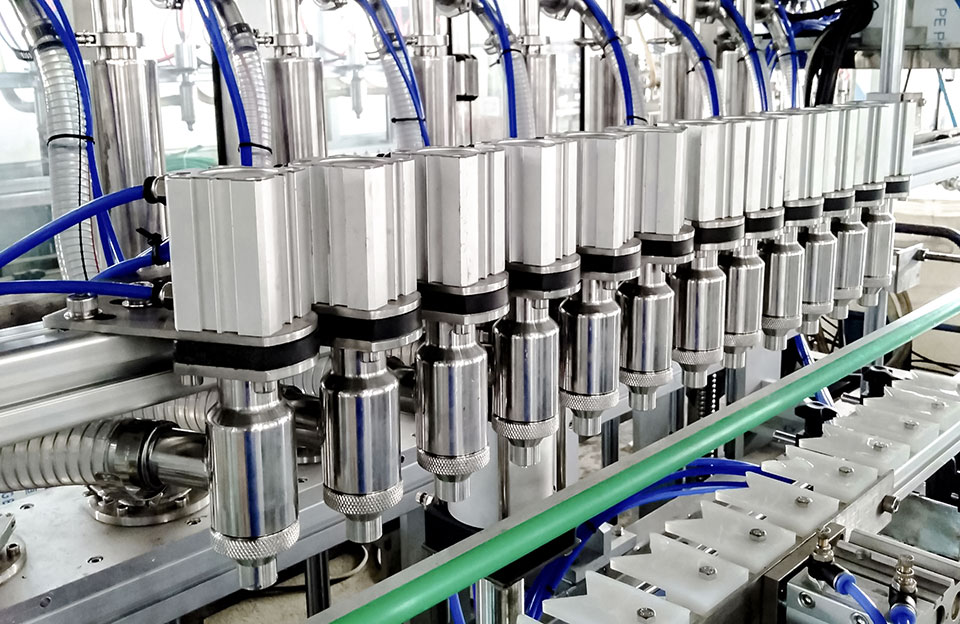The status quo in powder filling machine is dynamic and constantly changing, but at the same time it is showing a steady growth trend. Manufacturers in the filling machines market opt for innovative technologies to deliver their products. Customers around the world are also shifting their preferences towards a smaller selection of products that are readily available.
The Status Quo in Powder Filling Machine From The Perspective of Consumption
The powder-filling machine industry accurately and efficiently fills powdered substances into containers, ensures precise measurements, and minimizes waste, playing a vital role in various fields such as pharmaceuticals, food and beverage, chemicals, cosmetics, etc.From a consumption point of view, the demand for powder-filling machines is affected by the following factors:
- Industry Growth: The overall growth of pharmaceutical, food processing, cosmetics, and other industries has a direct impact on the consumption of powder-filling machines. As these industries expand, so does the need for automated, efficient filling processes.
- Product Innovation: Developing new products and formulations requires specialized powder-filling equipment to meet specific packaging requirements. Consumption in this industry is influenced by the demand for flexible machines capable of handling different powder types and packaging formats.
- Packaging Regulations: Regulatory standards and guidelines enforced by authorities may affect the consumption of powder-filling machines. Compliance with accuracy, hygiene, and safety regulations has driven the adoption of advanced filling technologies.
- Automation and Efficiency: Industries are increasingly adopting automation and advanced technologies to increase productivity, reduce costs, and increase overall efficiency. Powder-filling machines featuring high-speed filling, precise measurement, and integration with other production processes are popular in the market.
- Shift to Flexible Packaging: Apart from traditional rigid containers, there is a growing preference for flexible packaging solutions such as pouches and pouches. The transition from rigid to flexible packaging requires powder-filling machines capable of handling various packaging materials and formats.
- Global Market Trends: The consumption of Powder Filling Machines is influenced by global market dynamics, including economic conditions, regional growth rates, and industry-specific trends. Factors such as population growth, urbanization, and changing consumer lifestyles also affect the demand for packaged goods, affecting the demand for filling machines.
The Status Quo in Powder Filling Machine From The Perspective of Production Side
- Market Competition: The powder-filling machine industry is highly competitive, with multiple worldwide manufacturers and suppliers. Enterprises’ competition is based on product quality, technological innovation, pricing, after-sales service, and customization capabilities.
- Technological Progress: Manufacturers in the powder-filling machine industry continue to invest in research and development and introduce innovative technologies. These advancements are designed to increase filling accuracy, speed, automation capabilities, and ease of use. In addition, manufacturers are improving the machine’s compatibility with different powders and packaging materials.
- Customization Options: To meet the specific requirements of different industries, manufacturers strive to provide machines that can handle a wide variety of container sizes, fill quantities, powder characteristics, and packaging formats. It focuses on providing modular design and flexible configuration to meet various production needs.
- Quality and Compliance: Producing powder filling machines involves adherence to quality standards and compliance regulations. Manufacturers must ensure that their machines comply with industry-specific guidelines, such as hygiene, safety, and accuracy. Quality control processes and certifications are critical to maintaining customer trust and satisfaction.
- Supplier Relationships: Manufacturers of powder-filling machines often rely on strong relationships with components, raw materials, and spare parts suppliers. Forming partnerships with reliable suppliers helps ensure the quality and availability of essential components, critical to maintaining productivity and meeting customer demand.
- International Market Presence: Many powder-filling machine manufacturers have operations globally, supplying their machines to customers worldwide. Manufacturers require understanding and complying with various international regulations, industry standards, and customer preferences. It is also common to establish sales and distribution networks in different regions to cater effectively to the local market.
The Status Quo in Powder Filling Machine From The Perspective of Product Types
The powder-filling machine industry offers a range of product types to meet different packaging requirements. Here are some common types of powder-filling machines:
- Spiral Filling Machine: Spiral filling machine is suitable for free-flowing powders, which can handle various sizes of containers and provide high precision. The rotary auger dispenses powder products into containers and provides precise filling control, widely used in the powder filling industry.
- Volumetric Cup Filling Machine: Volumetric cup filling machine uses a series of cups or spoons to measure a predetermined volume of powder and dispense it into a container, which is relatively simple to operate, fast and efficient, and is usually used for filling dry granular products and non-free-flowing powders.
- Weight-Based Filling Machine: weight-based filling machine, also known as gravity filling machine. Weight-based filling is suitable for products where precise weight control is critical, ensuring accurate filling by adjusting the filling duration according to the product’s weight.
- Vacuum Filling Machine: A vacuum filling machine fills powder into containers under a controlled vacuum environment. Vacuum-filling machines remove the air from the container, create a vacuum, and then dispense the powder, typically used for filling oxygen-sensitive powders or products requiring an extended shelf life.
- Piston Filling Machines: Piston filling machines are versatile, suitable for both free-flowing and non-free-flowing powders, and can handle a variety of container sizes. Actuated by compressed air or a mechanical system, the piston pushes the powder into the container.
- Rotary Filling Machines: Rotary filling machines are high-speed machines with high throughput that use a rotating turret with multiple filling stations to fill powder into containers and are often used in large production lines.
- Servo-Driven Filling Machine: The servo-driven filling machine uses servo motors to control the filling process precisely. The servo-driven filling machine can be customized with high precision, speed, and flexibility to meet different types of powders, containers, and filling requirements.
Conclusion
Industry growth, product innovations, packaging regulations, automation trends, packaging preferences, and global market dynamics drive the consumption of powder-filling machines. Together, these factors shape the status quo in powder filling machine and determine the demand in different industries.


